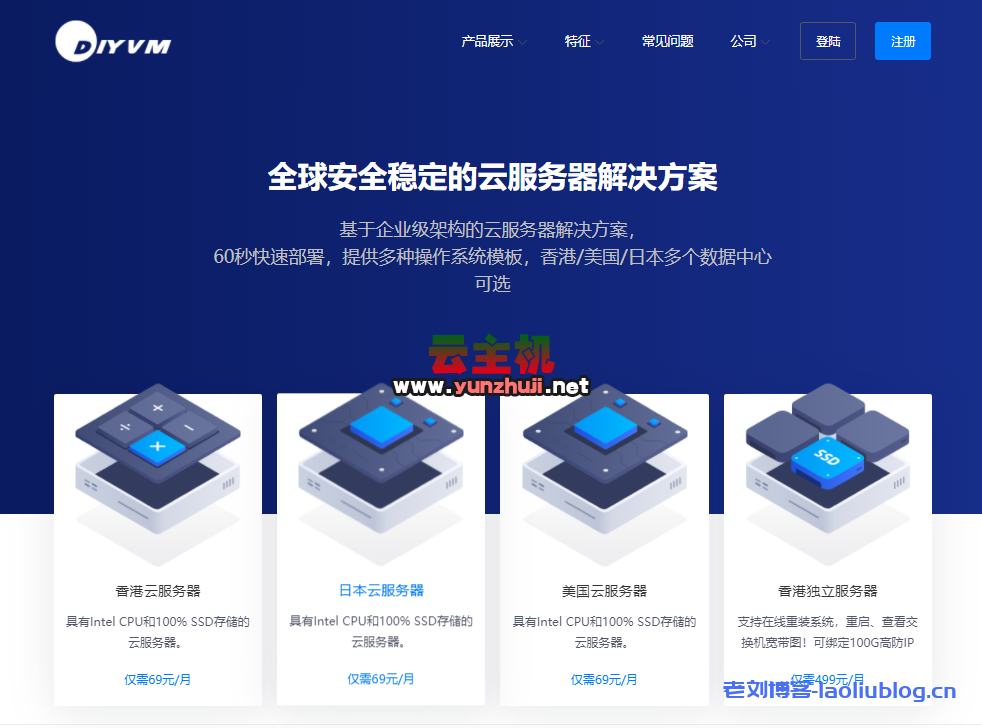在Python中,成员函数是定义在类中的函数,它们需要通过类的实例来调用,下面是关于Python成员函数调用的详细解释:
1、创建类和实例
我们需要创建一个类,并在其中定义成员函数,我们需要创建一个该类的实例。
class MyClass:
def my_function(self):
print("Hello, World!")
创建一个MyClass的实例
my_instance = MyClass()
2、调用成员函数
要调用成员函数,我们需要使用实例对象(my_instance)作为第一个参数,后面跟上括号和函数名,注意,这里的self参数是自动传递的,不需要显式地写出来。
调用my_function成员函数 my_instance.my_function()
3、单元表格:成员函数调用示例
| 类名 | 成员函数名 | 参数列表 | 返回值 | 功能描述 |
| MyClass | my_function | self | None | 打印”Hello, World!” |
| MyClass | another_function | arg1, arg2 | result | 根据参数计算结果 |
| AnotherClass | yet_another_function | arg1, arg2, arg3 | None | 执行某个操作 |
4、使用实例变量和局部变量
在成员函数中,我们可以使用实例变量(定义在类中的变量)和局部变量(在函数内部定义的变量),实例变量需要通过self关键字访问,而局部变量可以直接访问。
class MyClass:
def my_function(self):
instance_variable = "I am an instance variable"
local_variable = "I am a local variable"
print(self.instance_variable) # 访问实例变量
print(local_variable) # 访问局部变量
5、成员函数的其他特性
成员函数可以有默认参数值,这样在调用时可以省略对应的参数。
class MyClass:
def my_function(self, arg1="default", arg2=None):
print(arg1, arg2)
成员函数可以重写父类的成员函数,实现多态。
class ParentClass:
def my_function(self):
print("Parent class")
class ChildClass(ParentClass):
def my_function(self):
print("Child class")
成员函数可以使用装饰器进行修饰,以实现额外的功能。
def my_decorator(func):
def wrapper(*args, **kwargs):
print("Before function call")
result = func(*args, **kwargs)
print("After function call")
return result
return wrapper
class MyClass:
@my_decorator
def my_function(self):
print("Inside function")

 云主机测评网
云主机测评网


















最新评论
本站CDN与莫名CDN同款、亚太CDN、速度还不错,值得推荐。
感谢推荐我们公司产品、有什么活动会第一时间公布!
我在用这类站群服务器、还可以. 用很多年了。